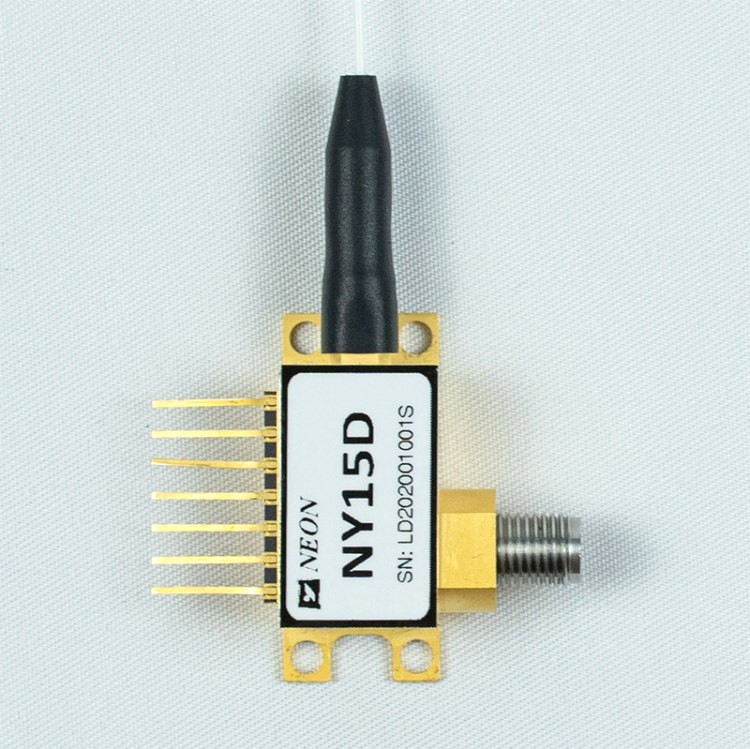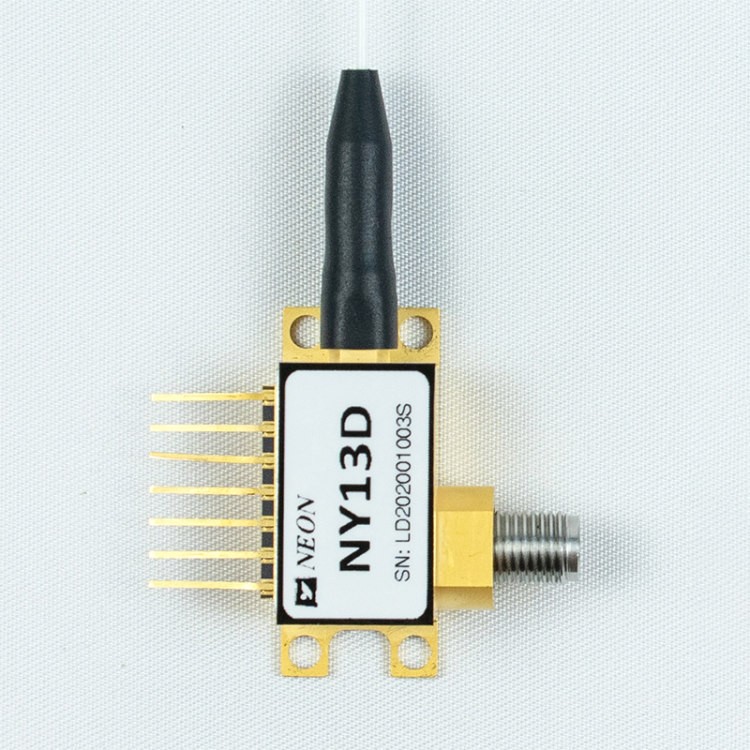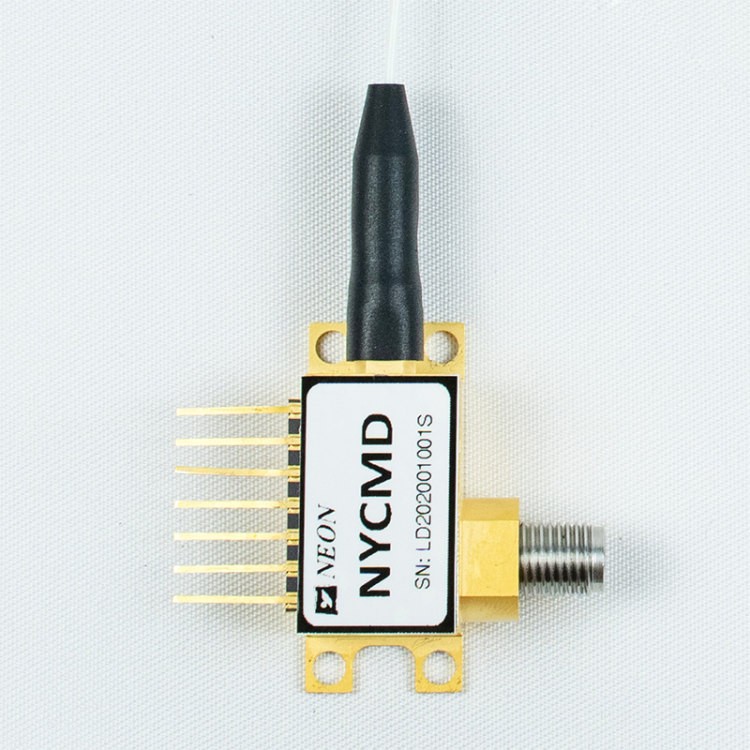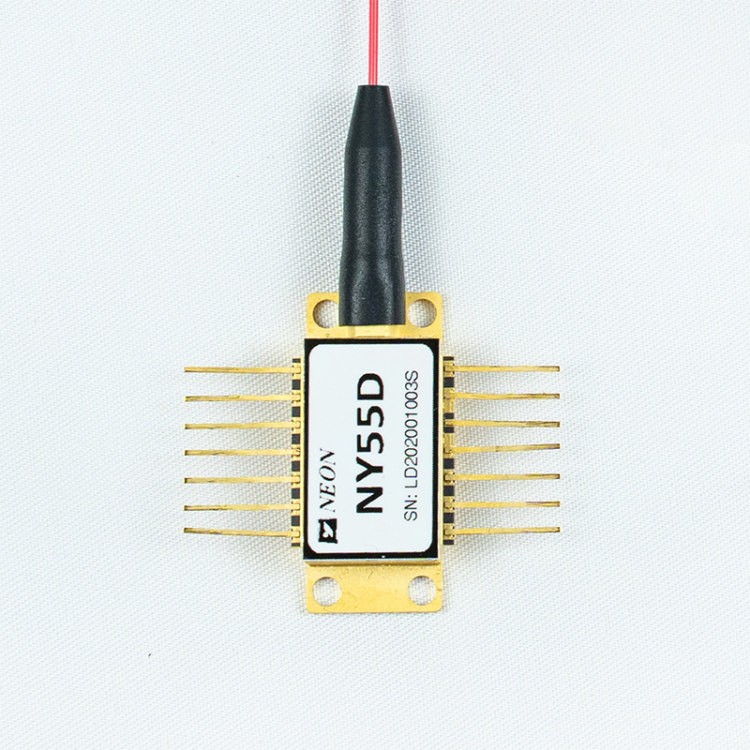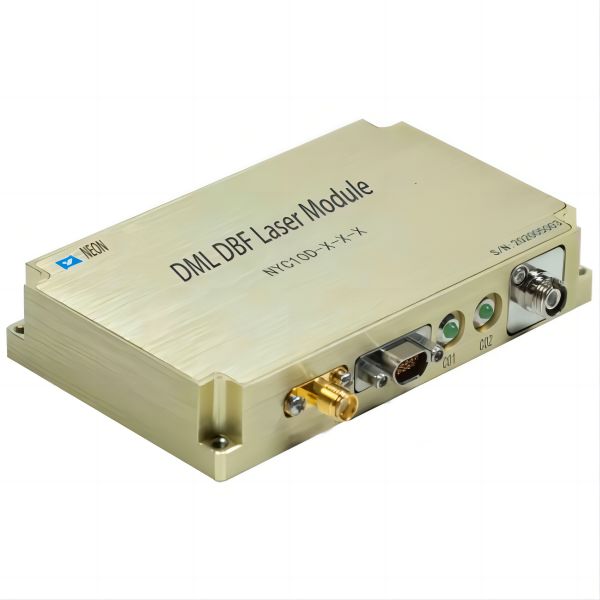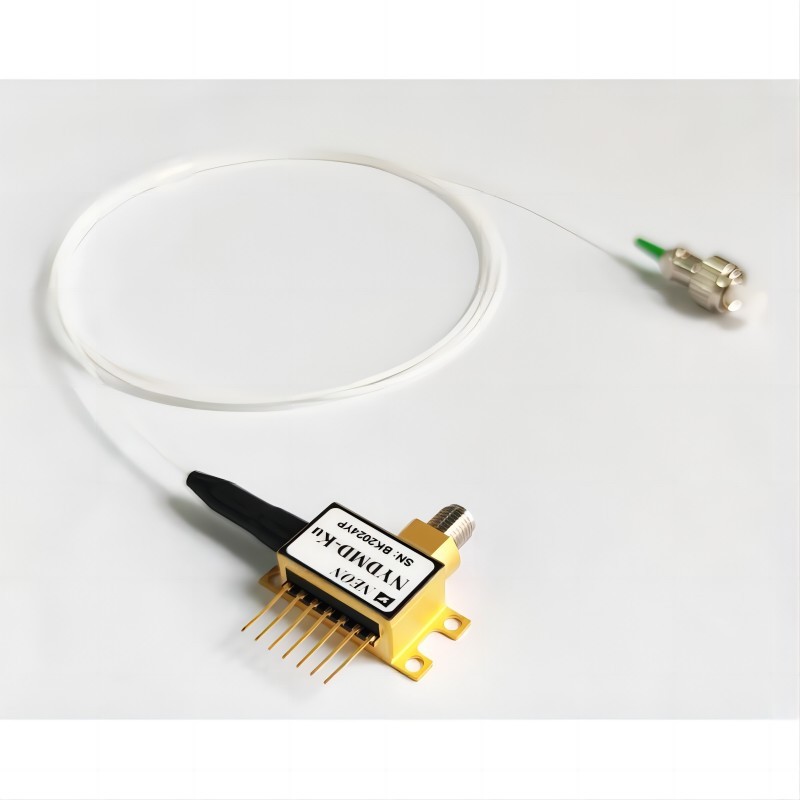1310nm Directly Modulated Laser in Fiber Optic Systems with Optical Isolator Integration
Optical communication plays a crucial role in modern information transmission, enabling high-speed data transfer over long distances. Fiber optic cables, with their inherent advantages of low attenuation and immunity to electromagnetic interference, have become the preferred medium for data transmission in various applications, including telecommunications, data centers, and sensor networks. This article explores the use of 1310nm directly modulated lasers (DML lasers) in fiber optic systems, discussing their characteristics, applications, and the role of optical isolators in enhancing their performance.
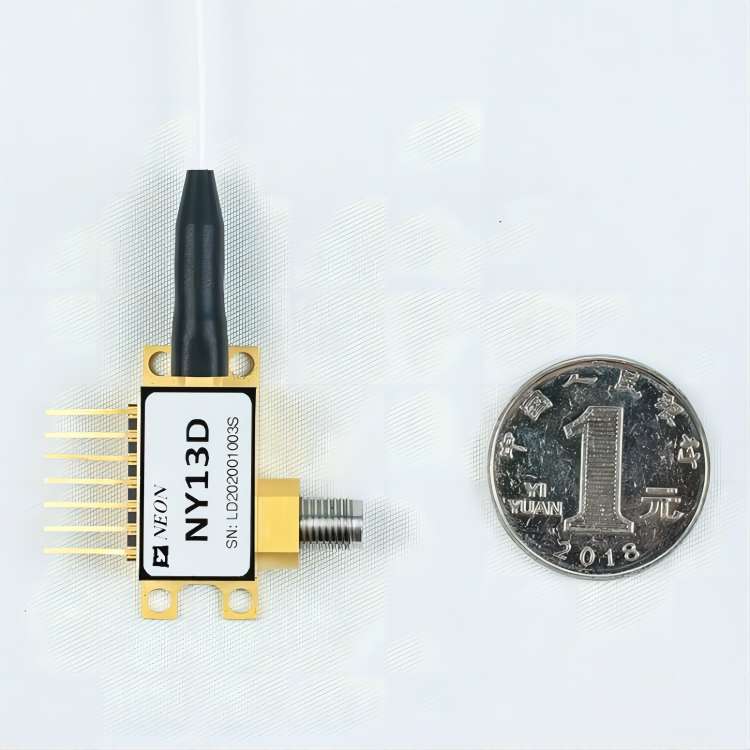
1310nm Lasers: Characteristics and Advantages for Fiber Optic Communication
1310nm lasers are a type of laser diode that emits light at a specific wavelength of 1310 nanometers (nm), which falls within the near-infrared spectrum. This specific wavelength offers several crucial advantages for applications in fiber optic communication:
1. Lower Attenuation
Compared to other commonly used wavelengths like 850nm, light emitted by 1310nm lasers experiences significantly less signal loss (attenuation) when propagating through fiber optic cables. This attenuation refers to the weakening of the light signal as it travels through the fiber, ultimately limiting the transmission distance.
The lower attenuation at 1310nm allows for longer transmission distances without requiring intermediate signal regeneration, which can be expensive and complex to implement. This translates to more efficient and cost-effective long-distance communication systems.
2. Reduced Dispersion
As light pulses travel through a fiber optic cable, they experience a phenomenon called dispersion. This occurs because different wavelengths within the pulse travel at slightly different speeds due to the interaction with the fiber core. This effect broadens the pulse and can lead to signal distortion and reduced signal integrity.
Light at 1310nm exhibits lower dispersion compared to shorter wavelengths like 850nm. This minimizes the broadening of the pulse, preserving the signal integrity and ensuring accurate data transmission over longer distances.
3. Eye Safety
The wavelength of 1310nm falls outside the range of the human eye’s peak sensitivity. This means that compared to visible light lasers, direct exposure to 1310nm lasers poses significantly less risk of eye damage. This inherent safety characteristic makes them suitable for applications where accidental exposure might be a concern.
Directly Modulated Lasers (DML lasers): Functional Advantages
DML lasers (Directly Modulated Lasers) are a specific type of laser diode where the intensity of the emitted light directly corresponds to the variations in the applied electrical input signal. This fundamental principle allows for the encoding of information onto the laser light by modulating its intensity according to the data to be transmitted. This modulated light signal can then be transmitted through fiber optic cables for communication purposes.
DML lasers offer several key advantages in fiber optic communication systems:
1. Simpler Design and Lower Cost
DML lasers have a relatively simpler internal structure compared to other types of lasers used in communication, such as Distributed Feedback (DFB) lasers. This simpler design translates to lower manufacturing costs and easier integration into various communication systems.
2. Direct Modulation and System Simplification
Unlike other laser types that require external modulators to vary the light intensity, DML lasers can achieve this modulation directly using the electrical input signal. This eliminates the need for additional external components, simplifying the overall system design and reducing complexity.
3. High-Speed Modulation and Bandwidth Support
DML lasers have the capability to be modulated at very high speeds. This allows them to efficiently handle high-bandwidth data transmission, making them suitable for applications requiring large amounts of data transfer, such as internet access, data center communication, and high-speed networking.
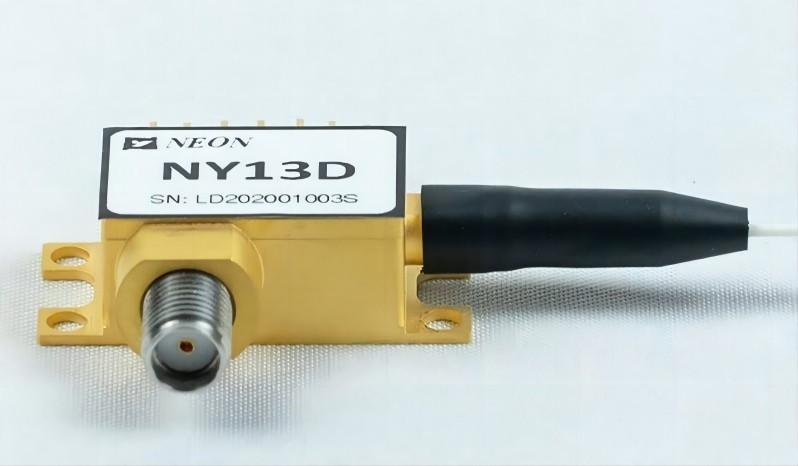
Fiber Optic Lasers: Integrated Light Source and Transmission
The term “fiber optic laser” is not a specific type of laser, but rather a term used to describe the combination of a laser diode and a fiber optic cable into a single unit. In this context, a 1310nm DML laser can be coupled with a single-mode fiber optic cable to form a fiber optic laser source. This integration offers several advantages for fiber optic communication systems:
1. Efficient Light Coupling and Signal Preservation
- A key advantage of fiber optic lasers lies in their ability to achieve efficient light coupling. The design facilitates the direct transfer of the laser light emitted by the DML into the core of the fiber optic cable. This minimizes coupling losses at the interface between the laser and the fiber, ensuring a strong and well-confined light signal enters the fiber.
- This efficient coupling, combined with the low attenuation at the 1310nm wavelength, allows for a significant reduction in signal loss during transmission through the fiber. This translates to minimal signal degradation over long distances, making fiber optic lasers ideal for applications requiring data transmission across extended ranges.
2. Simplified System Design and Reduced Complexity
- Compared to traditional setups where separate laser sources and fiber optic cables are employed, fiber optic lasers offer a more integrated and streamlined solution. This eliminates the need for complex alignment procedures and additional components required for coupling the laser light into the fiber.
- The inherent integration of the light source and transmission medium in a single unit reduces overall system complexity and simplifies system design, contributing to increased reliability and ease of deployment.
Optical Isolators: Addressing Back-Reflection Issues
Optical isolators are passive devices specifically designed to control the directionality of light propagation within an optical fiber. They allow light to pass through freely in one direction (forward direction) while significantly attenuating the light traveling in the opposite direction (backward direction).
In a fiber optic communication system using a DML laser, a small portion of the transmitted light can reflect back towards the laser cavity due to various factors like imperfections in the fiber connections or components. This back-reflected light can interfere with the original laser emission, causing several issues:
- Laser instability: The interaction between the forward and backward light waves can cause fluctuations in the laser’s output power and wavelength, leading to instability and unreliable operation.
- Increased noise: Back-reflected light can contribute to additional noise in the system, degrading the signal quality and potentially causing errors in data transmission.
To mitigate these issues, optical isolators are strategically placed in the fiber optic path. They allow the forward-traveling light, carrying the encoded information, to pass through unimpeded while significantly attenuating the backward-reflected light, preventing it from reaching the laser cavity. This helps to improve laser stability, reduce noise, and enhance the overall performance and reliability of the fiber optic communication system.

Applications of 1310nm DML Lasers in Fiber Optic Systems
1310nm DML lasers are widely utilized in various fiber optic communication systems due to their unique combination of performance characteristics:
1. Telecommunications
Long-Distance Backbone Networks: 1310nm DML lasers are a prevalent choice for long-distance backbone networks, which form the core infrastructure for national and international communication. Their ability to transmit data over extended distances with minimal signal degradation makes them suitable for connecting major cities and regions, enabling high-speed data transfer across vast geographical areas.
Metropolitan Area Networks (MANs): Within MANs covering urban and suburban areas, 1310nm DMLs play a crucial role in connecting businesses, educational institutions, and government agencies. They provide reliable and high-bandwidth data transmission, facilitating efficient communication and information exchange within metropolitan regions.
2. Data Centers
Inter-rack and Intra-rack Communication: Data centers rely heavily on 1310nm DML lasers for inter-rack and intra-rack communication. These lasers enable efficient and high-speed data transfer between servers, storage devices, and other equipment within a data center, ensuring smooth operation and efficient data processing capabilities.
3. Sensor Networks
Fiber Optic Sensors: Various types of fiber optic sensors, such as strain gauges and temperature sensors, utilize 1310nm DML lasers as light sources. In these sensors, the laser light interacts with the sensing element, and the resulting changes in the light’s characteristics are measured to obtain information about the specific parameter being monitored. 1310nm DML lasers offer advantages like high coherence and narrow linewidth, which are crucial for achieving accurate and reliable sensor measurements.
4. Military and Defense Applications
Secure Communication Systems: 1310nm DML lasers find application in secure communication systems employed by military and defense forces. Their ability to transmit data over long distances with minimal signal loss makes them suitable for communication between remote locations, while their inherent security advantages contribute to robust and reliable communication channels in critical scenarios.
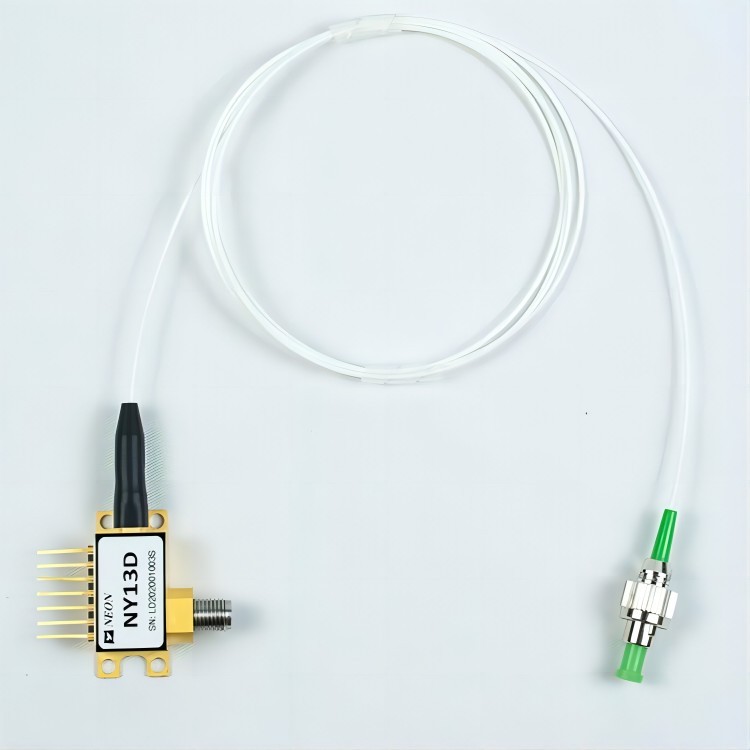
In conclusion, 1310nm DML lasers integrated with optical isolators constitute a valuable technology for fiber optic communication systems, offering a balance of cost-effectiveness, performance, and reliability. As the field of photonics continues to evolve, ongoing research and development efforts aim to further enhance the capabilities of DML lasers and explore their potential in emerging applications, ensuring their continued significance in the ever-growing landscape of high-speed data transmission.


